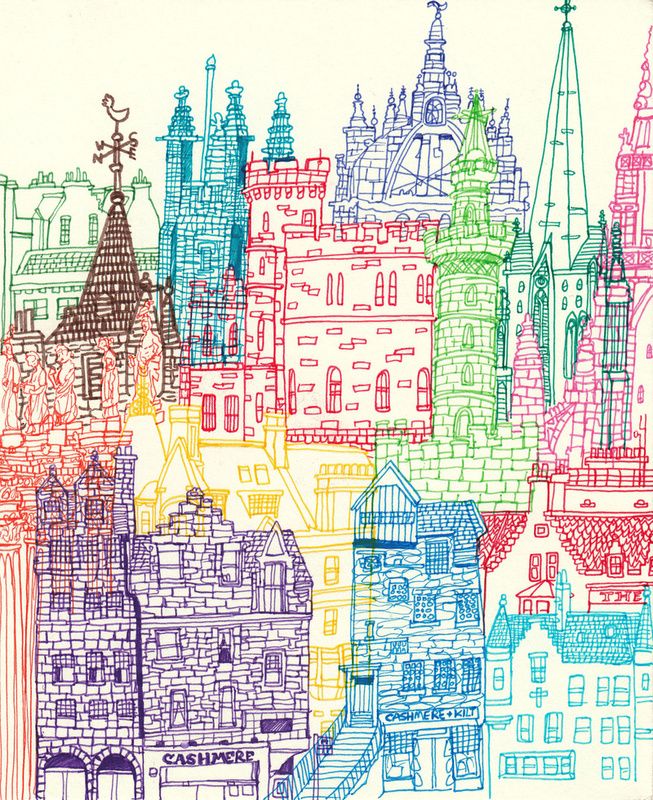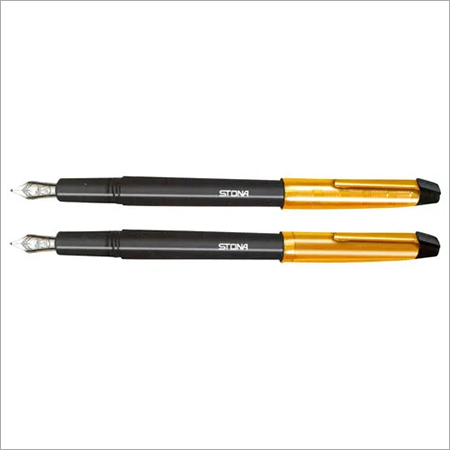

Another route would be to first fix the India Ink with a couple coats of Archival Varnish, thereby locking it in and providing a barrier that protects it. Obviously using a different ink, as the tests above show, might be one solution, although each ink would need to be tested beforehand and the character of the drawing would likely need to change. In terms of what one can do, there are a couple of options. And in a case like this, if one imagines a drawing in India Ink being over painted with acrylics, the consequences could spell irreparable ruin. Any surprise is simply caused by the fact that we think of acrylics so strongly as water based that other factors, like ammonia sensitivity, might go unnoticed. So, what is happening? As it turns out, while the India Ink is indeed ‘waterproof’ – in the sense that water alone will not cause it to run – it remains sensitive to the ammonia and other alkaline materials that can typically be found in acrylics, not to mention many household cleaners. Image 1: Testing inks on various substrates for sensitivity to GOLDEN Gesso, GAC 100 and QoR Watercolor. The surfaces we tried included Ampersand’s Gessobord™, Multimedia’s Artboard®, and Arches® 140lb cold pressed watercolor paper. This is something you can easily see in Image 1 where we tested India Ink, Sharpie® Permanent Marker, and Sakura’s IDenti™ Pen by brushing over them with our GOLDEN Gesso, GAC 100, and a wash of QoR Watercolor. All of a sudden what was waterbased seems quite water soluble, the sharp edges of the wash or line becoming easily liquified with barely any effort. The curiosity comes when you attempt to brush over the India Ink with any of our mediums, gels, grounds, or paints. Which, after all, is the common solvent for shellac, so not all that surprising. If you look at the many examples we show in the Just Paint article, Make a Mark, you can clearly see that the ink holds its own through a range of finger rubs and water washes, only becoming smeared when using rubbing alcohol.

And one would certainly think describing something as waterproof is straightforward and plain enough to avoid confusion. Among the ones being tested was the tried and true India Ink – richly black, shellac-based, and solidly waterproof. Which is where we found ourselves a few years back when testing a variety of inks and how they perform on our various grounds, pastes, and mediums. Even the simplest description can set in motion assumptions that lead us to expect one thing only to be sitting there, moments later, head slightly tilted, a quizzical glance showing equal parts frustration and fascination. We all get tripped up and surprised sometimes.


 0 kommentar(er)
0 kommentar(er)
